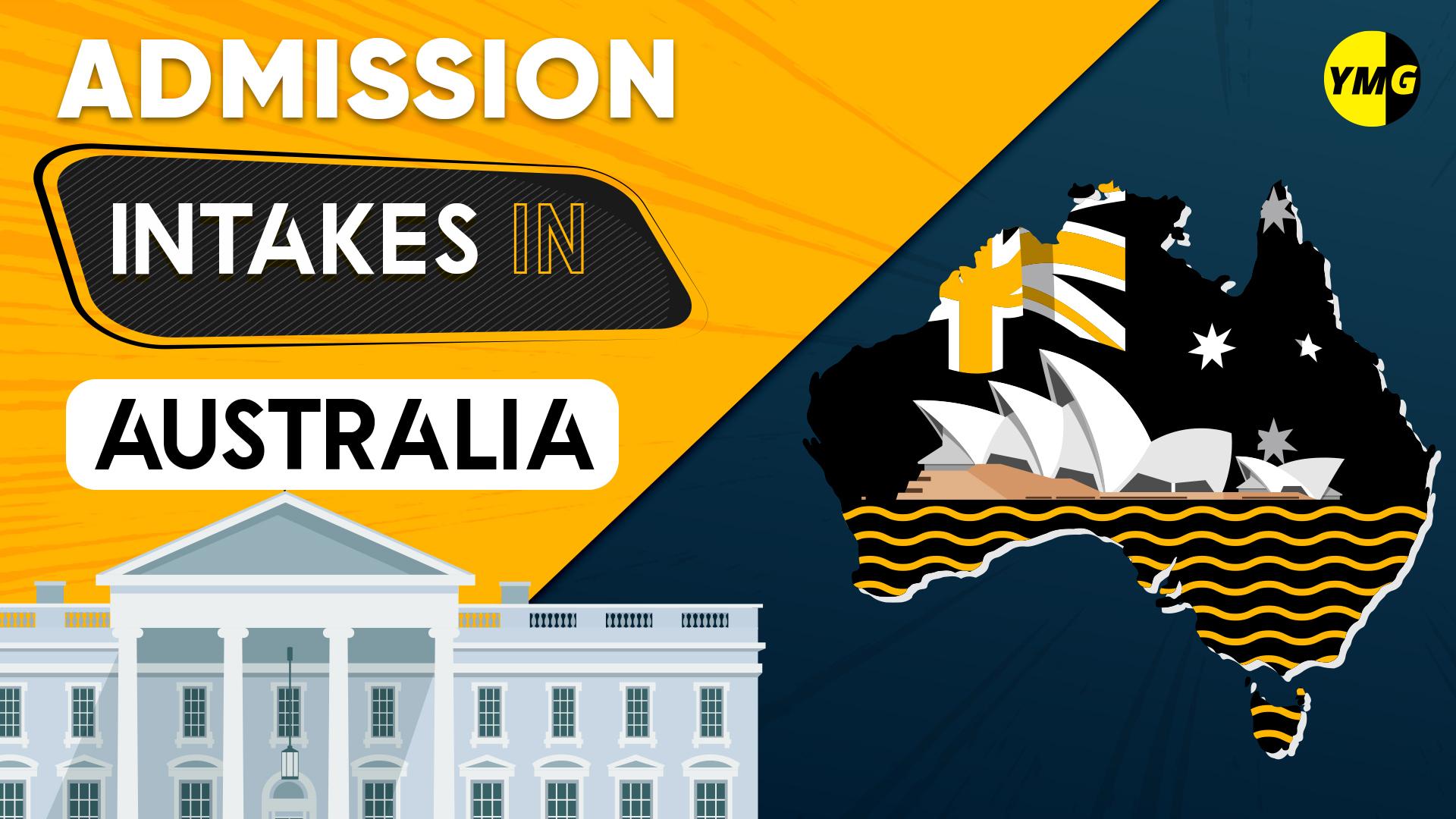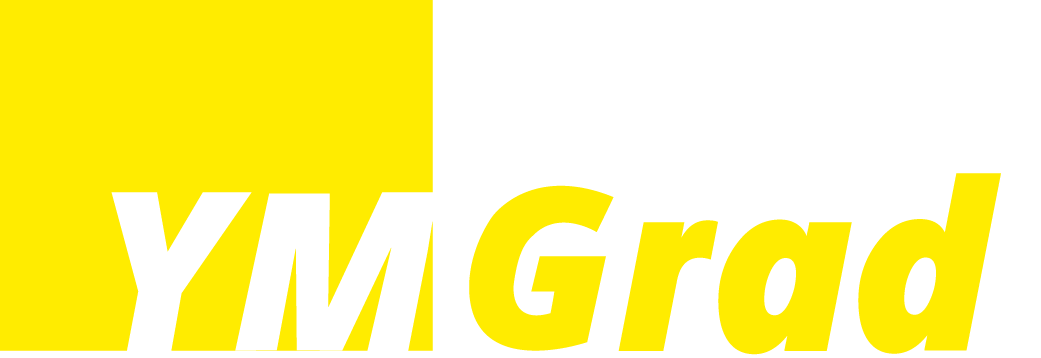Intakes in Australia: February, July, and November Admissions


Thinking about studying in Australia? Get ready to dive into the exciting Aussie lifestyle! With some of the world's best universities and a diverse student community, Australia is a popular place to learn and grow. The great news is that you can start your studies in February, July, September, or November – there are flexible intakes to suit your schedule. Whether looking into an undergraduate degree, a master's, or a research program, Australian universities offer a range of courses tailored to your goals.
In this blog, we'll explore the different intake periods and discuss their importance, timing, and how they matter in the student experience.
Understanding Intakes in Australia
International students can apply to study in Australia during three different semesters: the first in February, the second in July, and the third in November.
The first semester is the most popular choice for overseas students, and if you miss the February intake, don't worry! You can still find plenty of programs available in the July intake, making it a great second option. With the November intake, however, there might be limited choices as they offer fewer programs.
Intake | Duration | Deadlines | Nature |
| February | February or Early March–Late May or Early June | September-December | Biggest Intake |
| July | Late July or Early August–November | April-May | Second Biggest Intake |
| November | May to August | September | Most Limited Intake |
February Intake in Australia
The most popular time to start university in Australia is during the first semester in February. Indian and other international students have access to a wide range of programs at this time. Beginning in February is great for students finishing their previous studies in the second half of the year, as it aligns well with job hiring periods and internship opportunities. This intake offers more program options and a better chance of getting financial aid to help cover educational costs.
Essential Information (Semester 1 Intake)
Here is a summarized chart of all the information you need for the February intake:
Category | Information |
| Universities | All Australian universities offering February intakes |
| Programs Offered | Varies by the university but typically includes undergraduate and postgraduate programs across all disciplines |
| Application Deadline | Between September and December |
| Classes Start | Last week of February (Depending on the university) |
| English Language Requirements | IELTS (Overall 6.5 with no band score less than 6.0) or TOEFL test (Overall 79 with 21 in written) |
| Cost of Living | Approx. between AUD 20,000 to AUD 35,000 per year |
Benefits of Australian February Intake
- Many colleges offer financial help and scholarships to students starting in Semester 1, with both need-based and merit-based options available.
- The first semester in Australia is packed with networking activities and orientation sessions, giving students a great opportunity to meet and interact with their peers and faculty.
- During the February intake, universities admit more students, increasing your chances of getting accepted into your desired program.
Famous Universities for Australian February Intake
- University of Melbourne
- Australian National University (ANU)
- University of Sydney
- University of Queensland (UQ)
- Monash University
- University of New South Wales (UNSW)
- University of Western Australia (UWA)
- University of Adelaide
July Intake in Australia
The July intake in Australia, also known as the T2 intake, provides opportunities similar to those of the first semester and is considered the secondary intake in the country. It offers options for research, undergraduate (UG), postgraduate (PG), and PhD programs.
However, universities typically have fewer offerings during this season compared to the Semester one intake.
Essential Information (Semester 2 Intake)
Here is a summarized chart of all the information you need for the July intake:
Category | Information |
| Universities | Almost all Australian universities offer July intakes |
| Programs Offered | Fewer programs are offered, which typically include undergraduate and postgraduate programs across all disciplines |
| Application Deadline | Between April and May |
| Classes Start | Last week of July (Depending on the university) |
| English Language Requirements | IELTS (Overall 6.5 with no band score less than 6.0) or TOEFL test (Overall 79 with 21 in written) |
| Cost of Living | Approx. between AUD 20,000 to AUD 35,000 per year |
Benefits of Australian July Intake
- The July intake in Australia offers flexibility for students who need to plan their studies or miss the deadline for the February intake.
- There's generally lower competition for the Spring and Summer Intake compared to the Fall Intake, making it a favorable opportunity for students.
- The July intake aligns with the winter break, which runs from June to July. This break allows students to pursue part-time opportunities and gain industry experience.
- During the Spring semester, the class ratio is balanced between teachers and students as sizes are smaller. This setup ensures more individualized attention in the classroom, enhancing learning opportunities.
Famous Universities for Australian July Intake
- University of Melbourne
- Australian National University (ANU)
- University of New South Wales (UNSW)
- Macquarie University
- RMIT University
- University of Wollongong
- Griffith University
November Intake in Australia
In Australia, the third intake, known as the T3 intake, offers the fewest program options. With small class sizes, limited course offerings, and fewer university choices, the November intake isn't as popular. If you're looking to enhance your credentials or gain specific skills through certification, consider applying for additional courses during this intake.
Essential Information (Semester 3 Intake)
Here is a summarized chart of all the information you need for the July intake:
Category | Information |
| Universities | Limited Australian universities offer admissions |
| Programs Offered | Very limited programs are offered, which typically include specialized add-on courses |
| Application Deadline | Between April and May |
| Classes Start | Last week of November (Depending on the university) |
| English Language Requirements | IELTS (Overall 6.5 with no band score less than 6.0) or TOEFL test (Overall 79 with 21 in written) |
| Cost of Living | Approx. between AUD 20,000 to AUD 35,000 per year |
Benefits of Australian November Intake
- The November intake in Australia experiences minimal competition, making it easier for students to be accepted into their desired programs.
- With fewer applications, the November intake offers smaller class sizes and more personalized attention from faculty members.
- Completing studies earlier during this intake can also help students save on living expenses and kickstart their careers sooner.
Famous Universities for Australian November Intake
- University of Melbourne
- Australian National University (ANU)
- University of Adelaide
- University of Wollongong
- Deakin University
- Griffith University
- Curtin University
How to Choose the Suitable Australian Intake
- Check the Academic Calendar: Review the academic calendars of your preferred schools to find out when their intakes are scheduled and how they work with your timetable.
- Strategic Timing: Select an intake that fits your academic and career goals best.
- Choose the Right Program: Focus on intakes that offer the programs and specializations you're interested in. Consider the expertise of the faculty in those areas.
- Flexibility: Keep your options open by considering alternative intakes in case of unexpected changes or limited program availability.
- Plan Your Finances: Plan your budget carefully, considering tuition fees, living expenses, and potential scholarships available for your chosen intake.
Availability of Programs in Australian Intakes
If you do plan to study in Australia, it's important to consider the availability of programs across different intake periods.
- February Intake: This is the largest intake period, offering various undergraduate and postgraduate programs in multiple disciplines. Popular fields during this intake include business, engineering, health sciences, arts, and social sciences.
- July Intake: The July intake is also significant, although smaller than February's. It still provides plenty of opportunities, especially in fields like information technology, management, nursing, and certain specialized programs.
- November Intake: This intake period is less common and typically offers a more limited selection of programs compared to February and July. It focuses mainly on specialized postgraduate programs, short-term courses, and some research opportunities.
Intake | % of programs available | Nature |
February | 100% | Biggest Intake |
July | 30% | Second Biggest Intake |
November | 10% | Most Limited Intake |
Conclusion
We hope this blog post has answered all your questions about the Australian intakes and the opportunities they offer. If you're considering studying in Australia but unsure how to begin the application process, we're here to help with our complete application. Our team ensures that every aspect of your application is carefully prepared, presenting you as the ideal candidate for admissions committees.
Even with an impressive profile, gaining a fresh perspective can elevate your application above others. A unique perspective exists for every applicant, including you. Let's discover that perspective together and create an outstanding application tailored to your profile.
Frequently Asked Questions!

Although all intakes (February, July, and November) are viable for obtaining a student visa, the February intake often has the most course options and seats available.

Yes, some courses may only be available in specific intakes. Generally, February has the broadest range of courses, but many programs are also available in July and November.

Accommodation costs vary by location and type, with on-campus housing ranging from AUD 440 to 1,200 per month and off-campus rentals from AUD 1,200 to 2,500 per month. Costs generally remain consistent across intakes.

Explain the gap clearly and emphasize any productive activities, such as work experience, internships, or skill development, undertaken during that time.

Each intake has advantages: February offers the most courses and activities, while July provides a mid-year start, and November is ideal for specific short-term programs.

A student visa stays valid for up to five years.

Each state offers unique benefits: New South Wales and Victoria are known for their diverse campuses and vibrant city life. Queensland provides a more relaxed lifestyle, and Western Australia has strong ties to industry and research. Choose based on your course, lifestyle preferences, and career opportunities.

Yes, many Australian universities accept transfer students. For credit evaluation, you will need to provide transcripts and course descriptions.

Regional universities often offer smaller classes and a close-knit community, while metropolitan universities provide more diverse programs and career opportunities. Choose based on your academic and lifestyle preferences.

All international students, regardless of intake, need Overseas Student Health Cover (OSHC) for the duration of their stay in Australia.




